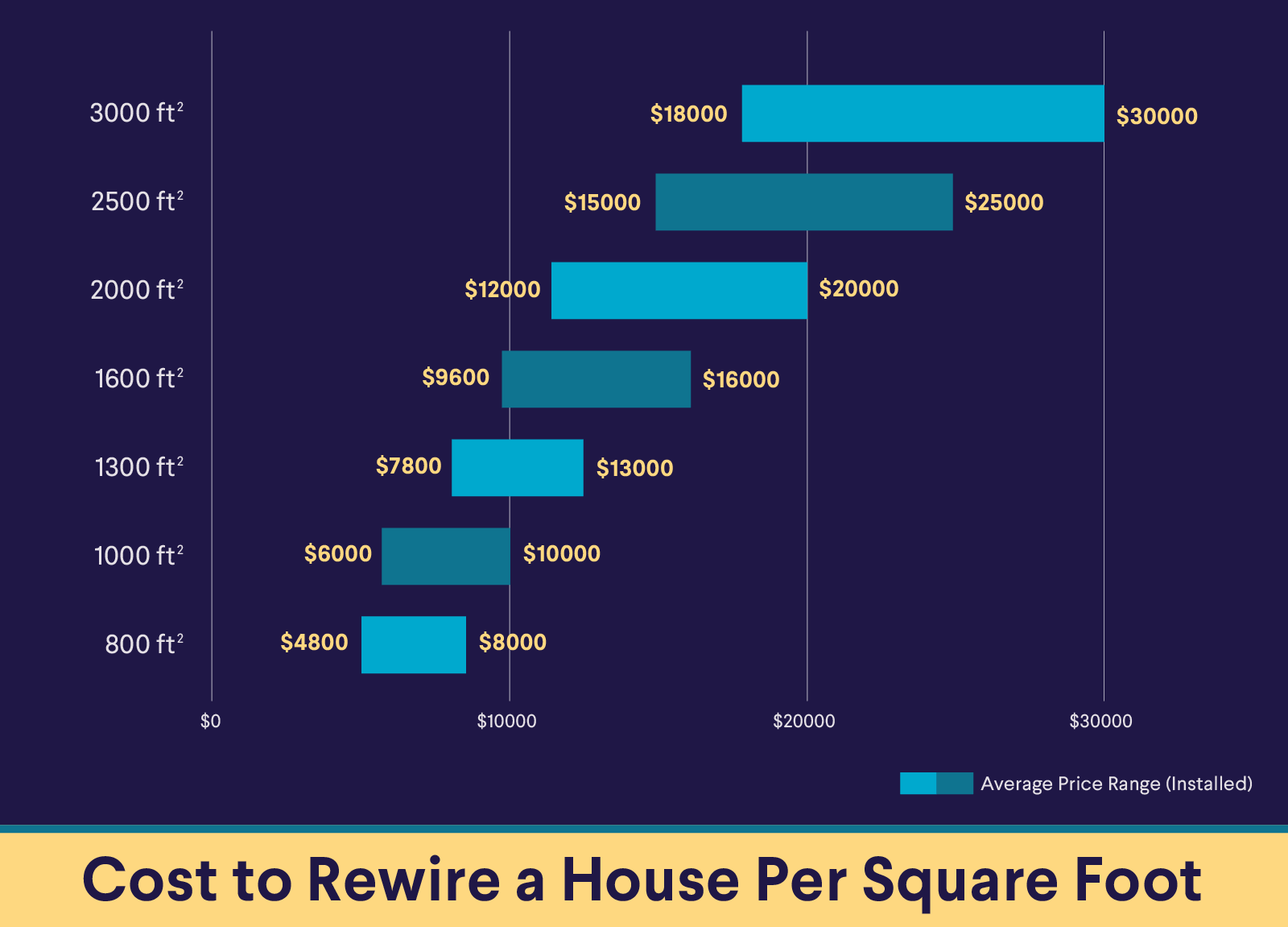What Is a Modular Home? Should You Consider Owning One?
Modular homes are often misunderstood, but these homes are built to the standards of their site-built brethren, are typically more affordable, and go up faster.
Just like other homes, they may appreciate in value.
Read on to learn whether or not a modular home might tick all your boxes.
Characteristics of a Modular Home
Remember the Sears mail-order kit homes? The catalog, debuting in 1908, offered all the materials and blueprints to build a house. Sears had sold an estimated 75,000 kit houses by the time the catalog was discontinued in 1940.
They were prefabricated homes, meaning some or all of the home was built in a factory. The term still applies to modular, panelized, and manufactured homes. (Kit homes are still sold, and appeal to DIYers who don’t need a general contractor to handle everything.)
Modular homes are born almost entirely in a factory. Boxlike modules — complete with walls, floor, ceiling, wiring, light fixtures, cabinets, and HVAC system — are trucked to the homesite, lifted by crane, and put together.
Manufactured homes, formerly called mobile homes, also are built in a factory and meet a federal code, but modular homes must meet the same state and local building codes as stick-built homes. They’re permanently attached to a standard foundation and are real property.
Modular houses come in a huge variety of designs and styles, from accessory dwelling units, or ADUs, to three-bedroom homes with sleek, contemporary designs. Many companies offer a menu of layout options, and buyers may be able to customize features.
Recommended: Guide to Buying, Selling, and Updating Your Home
Pros and Cons of a Modular Home
Here are some upsides and downsides of modular construction.
Pros
Speed: A modular home or apartment building can go up in as little as half the time of similar site-built residential buildings, whose construction averages around 10 months, according to the U.S. Census Bureau’s most recent data. Or even faster: Some modular home factories can finish a house in a few months. The modules are built offsite while the foundation is being prepared. Weather delays are far less of a concern.
Cost: Modular homes are typically cheaper than stick-built homes. The climate-controlled factories are specialized, and production processes are streamlined.
Greener: Modular construction results in fewer carbon emissions than traditional building methods: It requires less transport of workers and materials and fewer carbon-intensive products like concrete and steel. Producing buildings in a factory setting promotes recycling and reuse. In addition, modular buildings can be designed to achieve LEED certification.
Homes may appreciate: A well-built modular home, like any stick-built home, will tend to appreciate. The value holds up better in communities where modular homes are not uncommon.
A way to ease the housing crisis: Urban cities are looking at prefab housing to mitigate the U.S. housing shortage, and prefab-housing startups have sprouted nationwide. MiTek, a startup owned by Warren Buffett’s Berkshire Hathaway is, it says, “making modular mainstream.” It plans to ship kits of manufactured building parts to be assembled by general contractors. President Joe Biden and Vice President Kamala Harris updated a plan to increase the housing supply in August 2023, pledging the construction of more than 2 million new homes. That plan included modular housing.
And a smarter way of doing business: PulteGroup, the country’s third-largest home construction company, is investing in offsite manufacturing of parts for a percentage of the homes the company builds each year. A lack of labor has been contractors’ biggest challenge. Modular construction can help a company do more with fewer workers.
Recommended: Home Affordability Calculator
Now for the not-so-great news.
Cons
Zoning hurdles: Modular builders face pushback from many cities, as offsite construction isn’t mainstream and each city has its own zoning laws.
Financing: If modular homebuyers can’t pay cash, many will have to finance the build with a construction-only or construction-to-permanent loan (aka one-time-close loan). The down payment on land and the home for a construction loan will often be up to 30%, unless it’s one of the government-backed loans described below. A modular-home buyer who already owns the land can use the land as equity and may be able to borrow all of the construction cost if they meet the criteria for the loan.
You and the contractor usually need to be approved for the loan. Money is disbursed based on a draw schedule. Payments are typically interest only and start out small.
With the construction-to-permanent loan, some lenders, for a fee, will let you lock in a fixed rate with a “float down” option if rates have fallen. If you choose a variable rate, you’ll pay the current rate when the mortgage converts.
A two-time-close loan is composed of a short-term loan for the construction phase and a permanent mortgage for the completed home. You’re essentially refinancing when your home is complete; you’ll need to be approved and pay closing costs again, but the rate could be better. In most cases you can compare other lenders’ offers to get the best rate and terms on the permanent mortgage.
An FHA One-Time Close Loan is a government-backed home loan program that applies for modular homes and the land. The minimum down payment is 3.5%.
A VA One-Time Close Loan allows eligible service members to finance modular construction, lot purchase, and permanent mortgage with no money down.
A personal loan, sometimes for up to $100,000, could fund part of the modular construction or the purchase of the land. Keep in mind that unsecured loan rates are higher than rates on secured loans.
Qualified homeowners may be able to use a home equity line of credit (HELOC), home equity loan, or cash-out refinance to give rise to their modular aspirations.
HOA blockage: Some homeowners associations may not allow modular construction in the neighborhood.
Contractor expertise: Unless you have construction chops yourself, you still have to find a contractor. You’ll also need to secure a piece of land if you don’t own the land already.
All the extras: Among the disadvantages of modular homes is the difficulty of determining the total price. Buyers pay not only for the home but also the land, foundation prep, and transportation.
Possibly a big upfront payment: A builder may want payment in full before construction begins.
First-time homebuyers can
prequalify for a SoFi Mortgage Loan,
with as little as 3% down.
Finding a Modular Home
You may want to search for “modular home companies by state” or “prefab homes by state.” Of course there are Facebook and Reddit modular discussions. Word of mouth is another avenue to find a modular home builder.
Some modular home manufacturers sell directly to homeowners, and others work through a network of retailers.
At least one modular company has developed factory relationships across the United States.
Keep in mind that this style of construction is still pretty rare, in this country at least. In 2022, only 26,000 U.S. homes were built offsite. That’s about 2% of all homes completed that year.
Who Should Get a Modular Home?
People who want a new home up and ready more quickly and less expensively than a stick-built home might be smart to think modular.
Environmentally conscious buyers might find modular construction a breath of fresh air. Folks who want a modern ADU or primary or vacation home might want to go modular.
People who appreciate efficiency and innovation might be drawn to modular construction.
It helps to already own the land. If you don’t, and this will not be a cash deal, it’s important to understand the pros and cons of construction loans and other financing options.
The Takeaway
Modular homes are faster to complete and less expensive than site-built homes, but perceptions and financing can be challenges. If you do plan to build even an ADU out back, check your local zoning, compare modular vs. stick-built construction, and know your terms (manufactured vs. modular, real property vs. personal property). It all can be confusing.
SoFi can lend a hand. Do you plan to use a construction-only loan and need a permanent mortgage after the build is done? SoFi offers mortgages with competitive rates and a variety of repayment terms.
SoFi also offers personal loans of $5,000 to $100,000, which could fund the land or more, and brokers a HELOC that may allow you to access up to 95% of your home equity to fund your modular vision.
SoFi now offers flexible HELOCs. Our HELOC options allow you to access up to 90% of your home’s value, or $500,000, at competitively low rates. And the application process is quick and convenient.
SoFi Mortgages
Terms, conditions, and state restrictions apply. Not all products are available in all states. See SoFi.com/eligibility-criteria for more information.
SoFi Loan Products
SoFi loans are originated by SoFi Bank, N.A., NMLS #696891 (Member FDIC). For additional product-specific legal and licensing information, see SoFi.com/legal. Equal Housing Lender.
Third-Party Brand Mentions: No brands, products, or companies mentioned are affiliated with SoFi, nor do they endorse or sponsor this article. Third-party trademarks referenced herein are property of their respective owners.
Financial Tips & Strategies: The tips provided on this website are of a general nature and do not take into account your specific objectives, financial situation, and needs. You should always consider their appropriateness given your own circumstances.
SOHL-Q424-135
Read more




